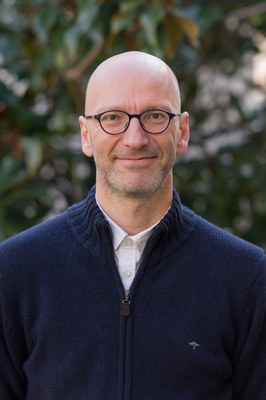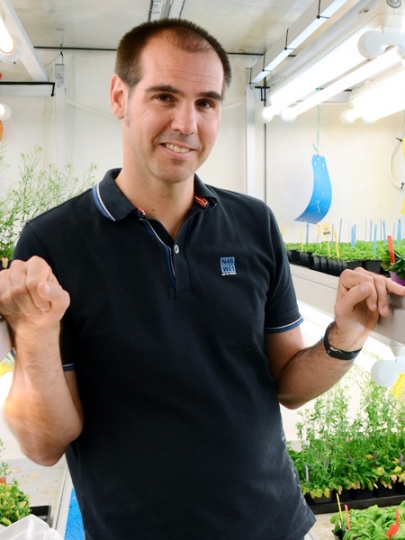As part of IDEXLYON, 5 projects were selected from the call for the Scientific Breakthrough Program to receive funding of up to 1.2 million euros per project.
The Université de Lyon put out the Scientific Breakthrough Program (SBP) call for projects in December 2018, in order to maximize the academic clout of the IDEXLYON project. Over thirty applications were submitted during this first call for projects.
The IDEXLYON Academic Group (which includes the Research and Training Vice-Presidents as well as representatives from national research organizations) consulted with experts from outside the group to preselect 12 projects. Representatives of each project were then interviewed by the IDEXLYON group’s Scientific Advisory Board (SAB).
The SAB was congratulatory of the high quality of the projects presented, and after the interviews, it issued a list of 5 extremely promising projects, which was fully approved by the IDEXLYON project’s Executive Committee.
These five selected projects each include a small number of teams from about twenty laboratories from the Lyon Saint-Étienne site, each one coordinated by a project leader. Each project will be awarded funding up to 1.2 million euros over a 3-year period to conduct innovative and ambitious research activities that address major scientific and socio-economic issues.
Two of these five projects will be hosted at the ENS de Lyon:
Topological Revolution : from Quantum Technologies to Climate (ToRe)
 Project leader: David Carpentier, CNRS Research Director.
Project leader: David Carpentier, CNRS Research Director.
The ToRe project is led by Laboratoire de Physique at ENS de Lyon, Institut Camille Jourdan and Institut des Nanotechnologies de Lyon.
The aim of the project is to understand, design and control physical systems as diverse as artificial atoms, photons in metamaterials, electrons in metals, microfluidic flows and the planet earth itself within a common framework: Topology.
The consortium brings together experts in pure and applied mathematics, engineering, theoretical and experimental physics thereby providing a unique opportunity to deeply understand physical phenomena and materials separated by twelve orders of magnitude in scale.
The requested support will transform emerging local collaborations into a scientific community at the forefront of international research.
Microorganism-plant communication: From microbial signals and their action to an integrated model of plant development (Phytobiome@LSE)
 Project leader: Teva Vernoux, Directeur de recherche au CNRS.
Project leader: Teva Vernoux, Directeur de recherche au CNRS.
The Phytobiome@LSE project is led by Laboratoire Reproduction et Développement des Plantes (RDP), Laboratoire de biotechnologies végétales appliquées aux plantes aromatiques et médicinales (LBVpam), Laboratoire Écologie microbienne (LEM) and Laboratoire deMicrobiologie, Adaptation et Pathogénie (MAP).
This project will combine a broad range of disciplines -microbiology, plant developmental biology, chemical ecology, modelling- to identify microbial signals and their effects on plant, all the way to flower formation and seed production, with the goal to develop an integrated model of the development of plant within its microbial environment.
It will develop a scientific knowledge required for designing microbiome-based breeding strategies and position the Université de Lyon at the forefront of phytobiome research.
ENS de Lyon is also involved in two other projects:
Thalassocracies without ports: fact or fiction?
With the cooperation of Environnement Ville société (EVS), HiSoMA and Laboratoire de géologie de Lyon : Terre, planètes, environnement.
4D printing for designing innovative ionic liquid-based polymer materials (4D iolimat)
With the cooperation of Laboratoire de chimie.






